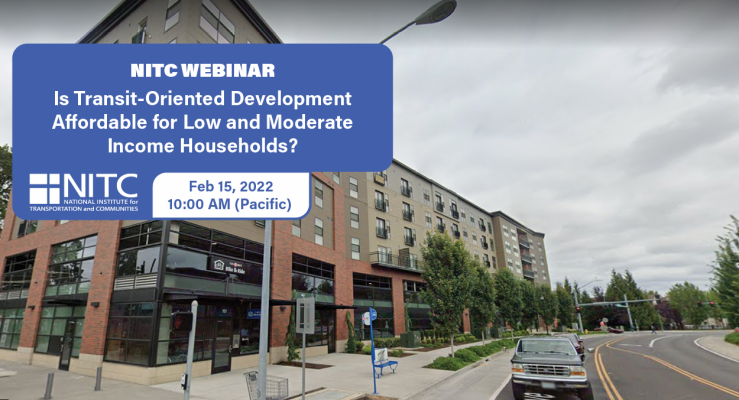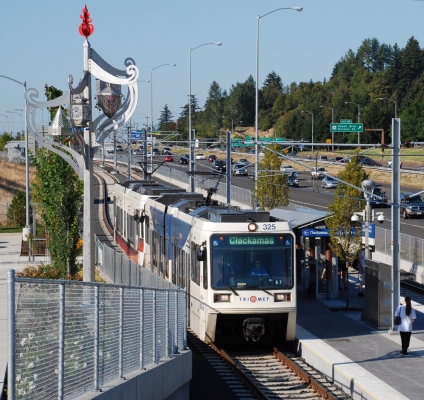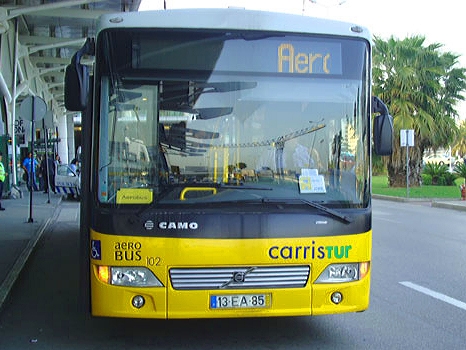The video begins at 1:23.
View slides
Summary: The Federal Transit Administration's (FTA) discretionary New Starts program is the federal government's largest discretionary funding program. From heavy to light rail, from commuter rail to bus rapid transit systems, the FTA's New Starts program has helped to make possible hundreds of new or extended transit fixed guideway systems across the country, including most of TriMet’s light rail extensions and WES commuter rail. Beginning in 2001, FTA has required project sponsors to prepare a Before and After Study report on the effectiveness of planning and implementation of New Starts and Small Starts projects. The studies focus on five transit characteristics – project scope, capital costs, operating and maintenance costs, service levels, and ridership behavior – and compares these characteristics at various planning milestones, as well as before and after implementation of the project.
TriMet, in conjunction with FTA, has completed or nearly completed Before and After Study reports for three projects – Interstate MAX, WES Commuter Rail, and the Green Line – and is in the process of working on two more. This presentation will briefly describe the federal New Starts program, FTA requirements for Before and After Studies, summarize...
Read more



